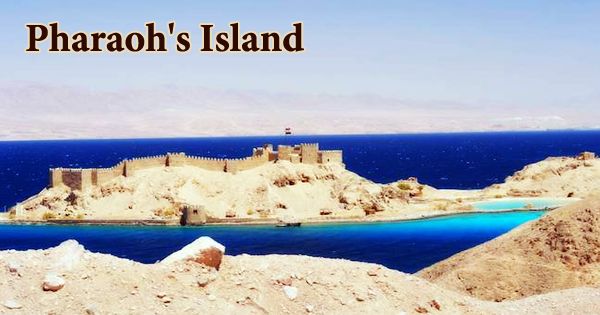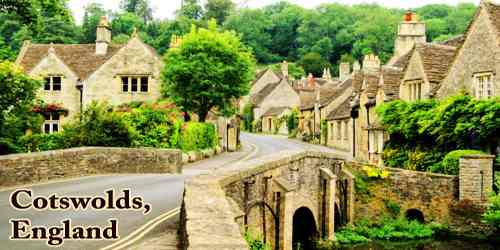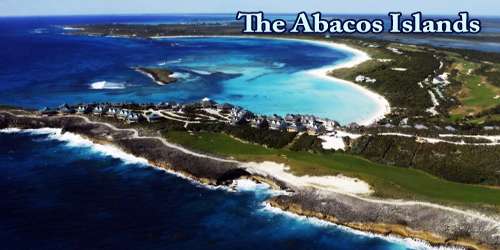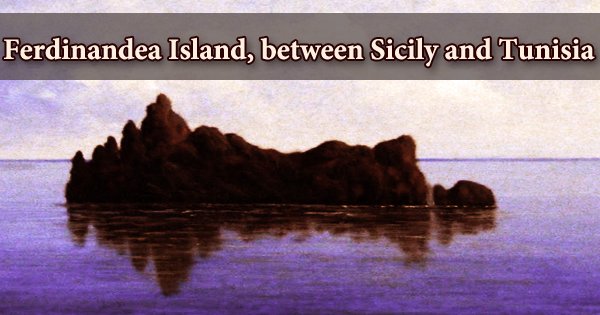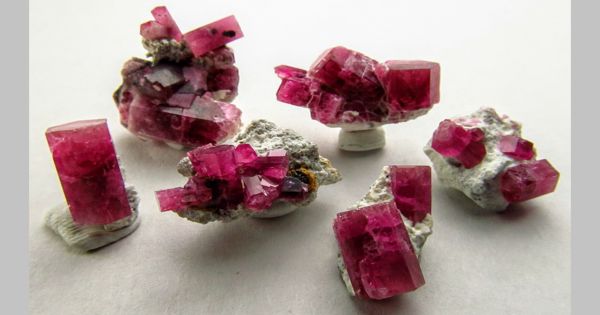Pharaoh’s Island (Arabic: جزيرة فرعون Jazīrat Fir‘aun) is the name of an islet north of the Gulf of Aqaba on the eastern coast of Egypt’s the Sinai Peninsula. The north-South Island is 350 meters (380 yd) long, and up to 170 meters (190 yd) wide. It has an area of 3.9 hectares (9.6 acres). The picturesque Pharaoh’s Island was also called “Coral Island” since it was first occupied during the reign of Ramses III. Some assume that Ezion Geber is the Bible. In Egyptian waters, the island is 7 miles (11 km) south of Eilat. The waters between the island and the mainland of Sinai are a natural anchorage, defending ships against the Gulf’s rough storms. Silt from Wadi Jereya formed the breakwater here.
In the Red Sea, in the northwest corner of the Gulf of Aqaba, 11 km south of Eilat, near the eastern coast of the Sinai Peninsula, Pharaoh’s Island is situated. It is very small in size (about 300 m long and 100 m wide) and consists of two large rocks, some twenty meters above sea level, interconnected by a third rock, which is smaller than the previous two rocks. This island port is associated with the biblical Ezion-Geber by some scholars. On the island, the crusaders constructed a citadel which they named Ile de Graye. Pharaoh’s Island (known as Coral Island by Israelis), surrounded by fabulous reefs, is very popular with divers.
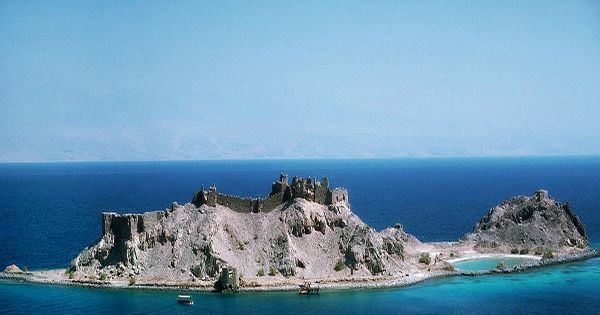
The island is only 820 ft (250 m) from the sea, close to the Israeli border, and ships depart from the Hotel Salah ad-Din on the coastal road opposite the island. Although the Crusaders reached the head of the Gulf of Aqaba in 1116, the oasis of Aila, which was in Muslim hands as late as 1154, was not taken over by them. The restored ruins of a 12th-century Crusader castle, strategically positioned to ensure the protection of pilgrims to the Holy Land, are worth exploring. In 1170, Salah ad-Din seized the castle and used it as an Arab fortress against the Crusaders until 1183, when it was finally abandoned.
The whole place was occupied by a fishing village and settled by Muslims and captives by the time of the 13th century, when pilgrim Thietmar passed through the island in 1217. Until sometime in the 14th century, about 1320, when the seat of governorship was transferred into the city itself, the Mamluk governor of the city of Aqaba resided in the citadel. Obviously, Coral Island Harbor was once a busy port, as shown by the large buildings near the harbor and a slipway now under the water on the northeast side of the harbor. The remains of two “dolphins” (building stones used as piers offshore) just outside the harbor are underwater. Goods were then shipped across the mainland to jetties, from which they could be sent on land northwards.
In contrast to the many archaeological sites of cultural interest that Egypt offers as a whole, the tourist interest of the island itself is very small. Its immediate surroundings, however, are attractive, especially for lovers of diving and watching aquatic fauna, including Picasso crossbow fish, or coral reefs. The port is fairly thin, 180 by 90 feet (55 by 27 m). In the past, this little bay was transformed into a protected anchorage. The bay is sealed off by a breakwater from the ocean today. The citadel on Pharaoh’s Island was added to the UNESCO World Heritage Tentative List on July 28, 2003, along with the citadel of El-Gendi Fortress, also on the Sinai Peninsula, about halfway between Nekhel and Suez, because of its alleged universal cultural importance.

While some scholars date them to the Byzantine Period, a casemate wall and its nine towers around the perimeter may date to Solomonic times. Most of the pottery is from the late Roman and Byzantine periods located on the seafloor. The island and its coral reefs have become a popular sightseeing attraction among tourists based in Taba, Eilat, and Aqaba due to its position near Jordan and Israel. The only architectural evidence that may be from the time of Solomon is the base of the tower depicted on the right. The absence of a better alternative is the desire to associate this island with Ezion Geber in the biblical age.
The attempt of the Egyptian tourism authorities to promote Pharaoh’s Island, however, leads us to a tale of a rich history evoked in very wide strokes by the ruins in question. Diving or snorkeling around the excellent reefs off the island’s north end is fine (though currents are strong). Pharaoh’s Island (also known as Coral Island) draws a number of roadside photographers with its abandoned Crusader castle and Ottoman additions.
Information Sources:
